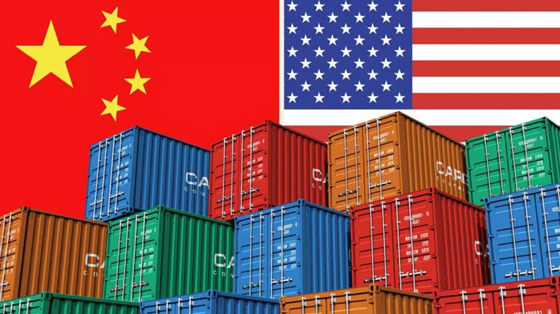
Don M. Tow, President, New Jersey Alliance for Learning and Preserving the History of WWII in Asia
Mar 27, 2017
Perhaps the greatest benefit of the OBOR initiative is the increased understanding and tolerance of people of different backgrounds and the recognition of the need to collaborate peacefully with each other, in order to achieve the win-win objective.
Zhang Monan, Deputy Director of Institute of American and European Studies, CCIEE
Mar 27, 2017
If the US wants to control the global value chain again, it should further open its market and integrate into the global value chain, rather than rely on the “return home” and “America First” policies to pull the chain apart. Only by restructuring the global value chain and by allowing the free movement of production factors can the world create new trade.
Susan Ariel Aaronson, Research Professor of International Affairs, Elliott School of International Affairs, GWU
Kimberly Ann Elliott, Visiting Fellow, Center for Global Development
Mar 22, 2017
In a February 24th speech, U.S. President Trump made his strategy for trade policy clear. The U.S. will negotiate bilateral, rather than regional or multilateral agreements, and favor U.S. producers rather than market forces. Trump’s approach to trade policy means radical change for the world’s longtime leader of efforts to reduce global trade barriers with trade agreements.
Beth Smits, PhD candidate, Paul H. Nitze School of Advanced International Studies (SAIS), Johns Hopkins University
Mar 22, 2017
Calling something a ‘win-win’ is one of Beijing’s favorite phrases, and whether it is derided as a slogan for China’s external relations or is explained as a core principle in China’s foreign policy approach, there is no doubt that it is firmly part of Beijing’s official lexicon. Finding situations where everybody wins is not easy, especially at the global level, but with green finance, China has come quite close to the fulfilling the true meaning of the term.
Zhang Jun, Dean, School of Economics, Fudan University
Mar 20, 2017
Last month, China commemorated the 20th anniversary of the death of Deng Xiaoping, the chief architect of the economic reform and opening up that catapulted the country to the top rungs of the global economic ladder. The anniversary comes at a time when economic openness is under threat, as the United States is now being led by a president who believes that the way to “make America great again” is to close it off from the world.
Chen Youjun, senior research fellow, Shanghai Institutes for Int'l Studies
Mar 20, 2017
While the Trump administration has announced withdrawal from TPP, in favor of bilateral economic cooperation and negotiation to protect US interests, it does not necessarily mean the US has given up its quest for dominancy in global trade rule-making. Meanwhile, other TPP signatories, including Japan, Australia, New Zealand and Canada, are not willing to let the deal fall by the wayside. That means the spirit of TPP lives on even if the agreement itself does not.
Xu Hongcai, Deputy Director, Economic Policy Commission
Mar 20, 2017
Both economies have too much to lose by putting up trade barriers, thanks to their intricately connected markets. China and the US should build common understanding through communication at various levels and find more points of converging interests so as to avoid risks and strengthen cooperation.

Dan Steinbock, Founder, Difference Group
Mar 10, 2017
By the early 2020s, rivalry for innovation will accelerate between the U.S. and China. Ironically, the Trump White House has opted for a poor-economy industrial policy, whereas China has embraced a rich-economy policy.

Richard C. K. Burdekin, Jonathan B. Lovelace Professor of Economics, Claremont McKenna College
Mar 10, 2017
If you ignore the dragon, it will eat you. If you try to confront the dragon it will overpower you. If you ride the dragon, you will take advantage of its might and power.
Susan Ariel Aaronson, Research Professor of International Affairs, Elliott School of International Affairs, GWU
Mar 06, 2017
Is a Geneva Convention the only response to the problem of government cyber-attacks against individuals? As global stakeholders of the internet, we must do more.